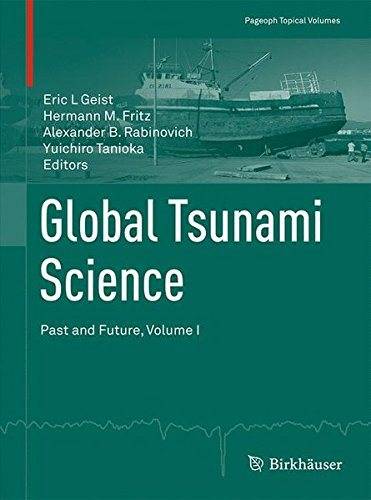
Free Download Global Tsunami Science: Past and Future, Volume I By Eric L Geist, Hermann M. Fritz, Alexander B. Rabinovich, Yuichiro Tanioka
English | PDF | 2017 | 545 Pages | ISBN : 3319554794 | 125.10 MB
Tsunami science has evolved significantly since the occurrence of two of the most destructive natural disasters in recent times: the 26 December 2004 Sumatra tsunami that killed about 230,000 people along the coasts of 14 countries in the Indian Ocean and the 11 March 2011 Tohoku (Great East Japan) tsunami that killed almost 20,000 people and destroyed the Fukushima Daiichi nuclear power plant. As a result of these and many other destructive tsunamis that have occurred over just the last decade, scientists from around the world have come together to engage in tsunami research. The global community of researchers has also expanded by discipline, adapting advances in other sciences to study all aspects of tsunami hydrodynamics, detection, generation, and probability of occurrence. The papers presented in this first of two topical volumes of Pure and Applied Geophysics reflect the state of tsunami science during this time. Nine papers examine various aspects of tsunami hazard and risk assessment. Five papers present new methods for tsunami warning and detection and six other papers describe new methods for understanding tsunami hydrodynamics. The final five papers of the volume describe tsunamis generated by non-seismic sources and important case studies. Collectively, this volume highlights contemporary trends in global tsunami science, both fundamental and applied toward hazard assessment and mitigation. The volume is of interest to scientists and practitioners involved in all aspects of tsunamis from source processes to coastal impacts. Postgraduate students in geophysics, oceanography and coastal engineering - as well as students in the broader geosciences, civil and environmental engineering - will also find the book to be a valuable resource, as it combines recent case studies with advances in tsunami science and natural hazards mitigation.
